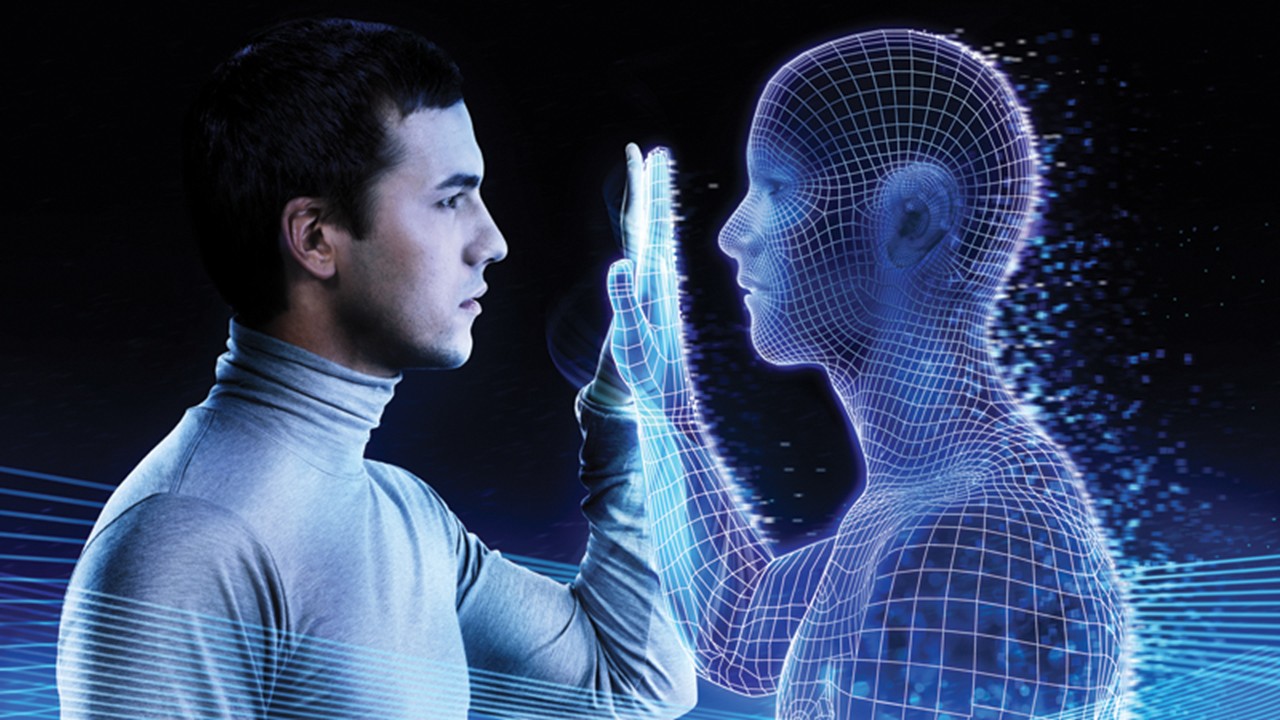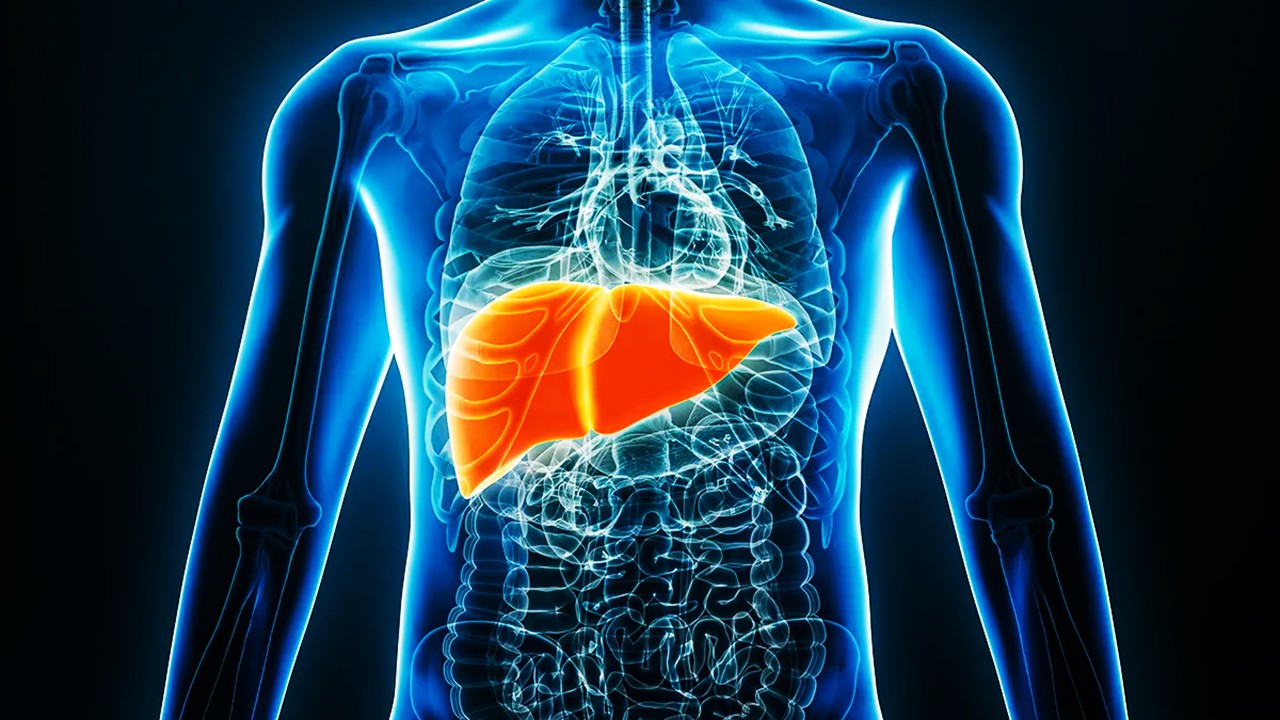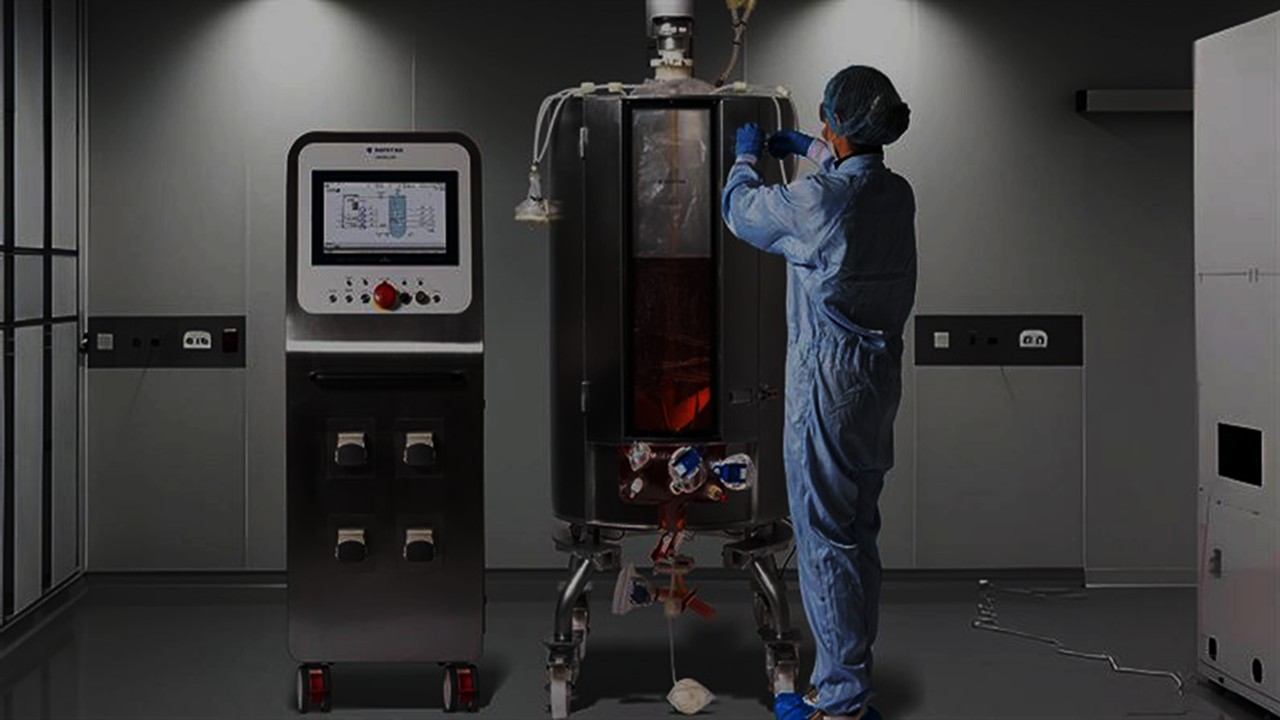Decoding the Invisible Network: Why Clinical Trial Supply Chains Are a High-Stakes Labyrinth
In the sprawling architecture of pharmaceutical R&D, the clinical trial supply chain remains one of the most unpredictable yet mission-critical systems. Unlike traditional logistics pipelines, this intricate network must respond not only to operational variables—such as weather disruptions or customs delays—but to biological, ethical, and regulatory uncertainties embedded within trial protocols themselves. Temperature-sensitive biologics, the need for real-time patient recruitment updates, and the presence of investigational medicinal products (IMPs) transform the supply chain into a living system, one requiring constant interpretation and preemptive adjustment. For decades, the default response has been reactive: stockpiling IMPs, over-shipping comparator drugs, or hedging transport failures with multiple redundant shipments. But these solutions are financially and environmentally unsustainable, as they reinforce the opacity rather than resolve it. The clinical supply chain, in essence, is a system straining under the weight of guesswork, statistical proxies, and brute-force redundancy—an unsavory contrast to the precision science it supports.
This is where Convolutional Neural Networks (CNNs), typically trained on pixel matrices and used to classify images, step into an arena far removed from their original domain. At first glance, the application appears orthogonal—what could an image recognition architecture possibly decipher about investigational drug logistics? Yet supply chain telemetry, if reinterpreted spatially and temporally, offers rich visual metaphors: transit heatmaps, inventory fluctuation surfaces, patient adherence matrices, and risk-density overlays. When rendered into structured multidimensional arrays, CNNs become capable of filtering noise, amplifying predictive features, and identifying previously invisible bottlenecks in supply movement. In a field long plagued by manual heuristics and Excel-driven dispatching, CNNs reframe the problem: not as a sequence of discrete operations, but as a dynamic signal to be spatially learned and temporally forecasted.
Pharma logistics, particularly in trials, is not just about moving parcels—it is about aligning biomedical fidelity with patient timing under global constraints. If one site under-doses or overdoses due to logistic misfires, the statistical power of the study collapses. CNNs, by transforming supply chain telemetry into spatial tensors, enable new layers of simulation and error anticipation. Where human operators may misinterpret disjointed signals across continents, CNNs compress them into coherent, learnable patterns—turning uncertainty into structure, and structure into action.
From Pixels to Pallets: Reimagining Data Structures in Clinical Supply Chains
Traditional supply chain analytics reduce operations to scalar values—counts, weights, frequencies, average times—which then drive downstream decisions through rules-based software. But this linearity occludes the emergent nature of trial logistics, where disruptions are rarely singular and often propagate in nonlinear cascades. A customs delay in Singapore reverberates into a site shortfall in Sydney, which in turn compromises cohort recruitment timelines. CNNs offer a radical departure from scalar linearity by encoding such interactions as spatial feature maps. These maps are not photographic, but represent multidimensional relational patterns among temperature sensors, package geolocation timestamps, patient enrollment trends, and depot stock velocities. The result is a high-dimensional representation where convolutional filters can sweep across time and geography to extract semantically relevant logistics cues.
The transformation of clinical trial data into CNN-digestible matrices begins with encoding supply chain states into channel layers. Each layer might correspond to temperature fluctuation, compliance window pressure, customs inspection likelihood, or real-time demand volatility. These are mapped onto spatial grids representing geographies or time-synchronized checkpoints. CNNs then apply kernels trained to detect risk thresholds, latency buildup, and demand prediction failures. Much like detecting a tumor in a noisy radiograph, the convolution filters tease out anomalies that signal potential logistic fractures—without relying on explicit human-coded rules. This enables a leap from reactive routing to predictive logistics optimization, one where the system learns how failure propagates and preempts it autonomously.
Even the interpretability of CNN outputs—often derided in medical imaging as “black-box”—becomes an advantage in logistics. Attention maps can highlight geographic hotspots of chronic bottlenecks or generate heatmaps that visualize critical supply–demand mismatches before they manifest physically. These are not just pretty dashboards; they become decision matrices, guiding real-time interventions such as rerouting, automated customs documentation, or real-time temperature-controlled reassignments. CNNs not only localize the disruption, but learn the visual lexicon of supply chain dysregulation—much like a clinician reading a CT scan of a metabolic syndrome.
Adaptive Cold Chain Control: CNNs in Temperature-Sensitive Drug Monitoring
The logistics of temperature-sensitive biologics—like mRNA vaccines or monoclonal antibodies—poses a formidable challenge even in commercial settings. In clinical trials, the margin for error narrows drastically. A single breach in cold chain can render investigational product unusable, compromising both trial integrity and ethical compliance. Traditionally, real-time monitoring involved rule-based alerts triggered by preset temperature thresholds. However, this model assumes constant linear risk, ignoring dynamic dependencies such as shipment route sensitivity, seasonal variations, or container heat sink inertia. CNNs allow for a different paradigm: pattern-recognition models that learn temporal–spatial degradation patterns from sensor data across thousands of historical shipments.
By feeding historical cold chain telemetry into CNN architectures, systems can learn specific thermodynamic failure signatures—such as ramp-up oscillation near power transitions, or lag-induced heat accumulation in urban transport corridors. Each shipment generates a temperature “movie,” which CNNs process frame by frame to recognize micro-anomalies invisible to average-based monitoring. Rather than reacting to a single breached threshold, CNNs forecast the likelihood of breach hours in advance, based on trajectory, ambient humidity patterns, and real-time route behavior. These proactive diagnostics empower real-time interventions such as redirecting drones, activating passive cooling redundancies, or triggering just-in-time resupplies before the IMP degrades.
Moreover, CNN-enhanced systems can also identify recurring structural inefficiencies: depots that regularly dispatch products too close to their stability margins, or sites that consistently unpack supplies too slowly, leading to avoidable temperature excursions. Such insights were previously unattainable because the industry lacked the dimensionality to track and learn from spatial–thermal interplay. CNNs, however, render thermal degradation not as a static alarm but as a learnable failure curve—one that reshapes clinical trial logistics from a reactive operation into a self-healing supply system.
Clinical Demand Forecasting Rebuilt: Learning from Enrollments, Not Just Orders
Demand prediction in clinical trials is uniquely volatile. Unlike retail or manufacturing logistics, clinical site demand is governed not by purchase orders but by human variability: patient enrollment speed, dropout rates, and site-level adherence to dosing schedules. Forecasting demand through linear extrapolation or inventory depletion rates fails to capture these human behavioral intricacies. CNNs offer a radically improved framework by treating enrollment progression and site telemetry as temporal spatial sequences—sequences that can be visually encoded and learned over time.
To implement this, sponsors convert patient interaction timelines—screening, randomization, dosing, discontinuation—into multi-channel matrices. Each channel captures an enrollment dimension: site attrition risk, protocol amendment impact, visit adherence trend, and site operating days. These temporal tensors, fed into CNNs, enable real-time predictions about when a site is likely to cross critical drug demand thresholds. CNNs, trained on these patterns, begin to recognize soft failure signals: such as a site with rising protocol deviation rates quietly trending toward a stock-out. Human planners may overlook these signals due to their dispersion across different trial management systems, but CNNs unify the view into a coherent, learnable map.
Demand forecasting with CNNs thus becomes anticipatory rather than reactive. Instead of resupplying only when stock hits red, the system prepositions inventory where future enrollment pressure is most probable—effectively smoothing the logistic wave before it crashes. This elevates forecasting from a supply-centered guessing game to a patient-driven, protocol-integrated optimization engine. The shift is not just mathematical—it is philosophical: logistics becomes an extension of patient care, not an afterthought to it.
Operational Triage and Crisis Prediction: CNNs as Early Warning Systems
Clinical trial logistics are often one disruption away from chaos: a regulatory hold, a natural disaster, or a geopolitical flare-up. Existing enterprise resource planning systems are brittle under such uncertainty, lacking the semantic flexibility to adapt on-the-fly. CNNs, when trained on past disruption scenarios, act as a probabilistic triage system, flagging likely failure nodes and offering mitigation strategies days before human operators would. These convolutional models recognize the “shape” of disruption—its velocity, trajectory, and systemic weak points—by analyzing multi-modal inputs like site communication delays, customs clearance times, or telemetry jitter in sensor uploads.
Consider the example of a major flood disrupting South Asia’s distribution corridors. While traditional systems react after delays manifest, CNNs trained on past monsoon-season transport patterns can detect early warning features in package rerouting data, road condition feeds, and declining GPS signal quality. The model interprets these signals as probabilistic precursors of failure, triggering pre-emptive stock diversions or emergency drone dispatches to threatened sites. This shifts crisis response from a post-hoc fire drill to an anticipatory mitigation loop, turning every disruption into a moment for system intelligence refinement.
Moreover, CNN-enabled platforms can integrate social media sentiment, political instability indices, and real-time border-crossing analytics—each rendered as convolutional layers. While no single source is conclusive, CNNs excel at learning weighted relevance from distributed uncertainty. When layered together, these heterogeneous inputs construct a polyphonic early-warning interface that evolves trial logistics into a digitally sentient ecosystem, capable of not only surviving crises but adapting to them with each iteration.
Redefining the Future of Clinical Logistics: Toward Self-Healing Supply Chains
The marriage between CNNs and clinical trial supply chains is more than a convenience—it is the inflection point of a broader epistemological shift. Instead of forcing biological research to conform to brittle operational frameworks, CNNs teach supply systems to evolve alongside biomedical complexity. These neural architectures transform logistics from a linear utility into a dynamic, learning interface—one where each movement, delay, or protocol deviation refines the system’s next decision. The promise is not just optimization, but resilience: a network that improves under stress, that absorbs errors as training data, and that anticipates fragility as part of its operational schema.
Such self-healing supply chains do not eliminate human judgment but elevate it. They allow logistics professionals to shift from fire-fighting to scenario planning, from reactive triage to generative design. CNNs do not replace the supply manager—they amplify them, embedding their experience into architectures that persist, scale, and learn. In an industry where every delay is measured in lost data, wasted biologics, or patient risk, this augmentation is not a luxury—it is a necessity.
As trial complexity accelerates and therapies become more customized, the agility and foresight enabled by CNNs will become foundational. What began as an image recognition breakthrough has found new life as the cognitive nervous system of a supply chain. The irony is poetic: the same neural net that identifies tumors on a scan now prevents systemic tumors in clinical operations. In that sense, convolutional networks are no longer just classifiers—they are caretakers of precision medicine’s hidden engine.
Engr. Dex Marco Tiu Guibelondo, B.Sc. Pharm, R.Ph., B.Sc. CpE
Editor-in-Chief, PharmaFEATURES

Subscribe
to get our
LATEST NEWS
Related Posts

Clinical Trial Supply Chain
The Seasonal Genome: How Weather Patterns Rewrite Biotech Supply Chains
Seasonality affects biotech supply chains by altering raw material quality, destabilizing cold storage, and disrupting inventory timing, requiring predictive strategies to maintain product integrity.

Clinical Trial Supply Chain
Cold Routes, Critical Cargo: Rethinking Fleet Strategy in Oncology and Immunology Trials
The choice between dedicated and shared transportation fleets in oncology and immunology trials critically affects cost, logistics, and the integrity of highly sensitive biologic materials.
Read More Articles
Mini Organs, Major Breakthroughs: How Chemical Innovation and Organoids Are Transforming Drug Discovery
By merging chemical innovation with liver organoids and microfluidics, researchers are transforming drug discovery into a biologically precise, patient-informed, and toxicity-aware process.
Tetravalent Vaccines: The Power of Multivalent E Dimers on Liposomes to Eliminate Immune Interference in Dengue
For the first time, a dengue vaccine candidate has demonstrated the elusive trifecta of broad coverage, balanced immunity, and minimal enhancement risk,













